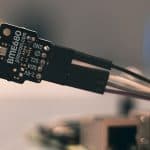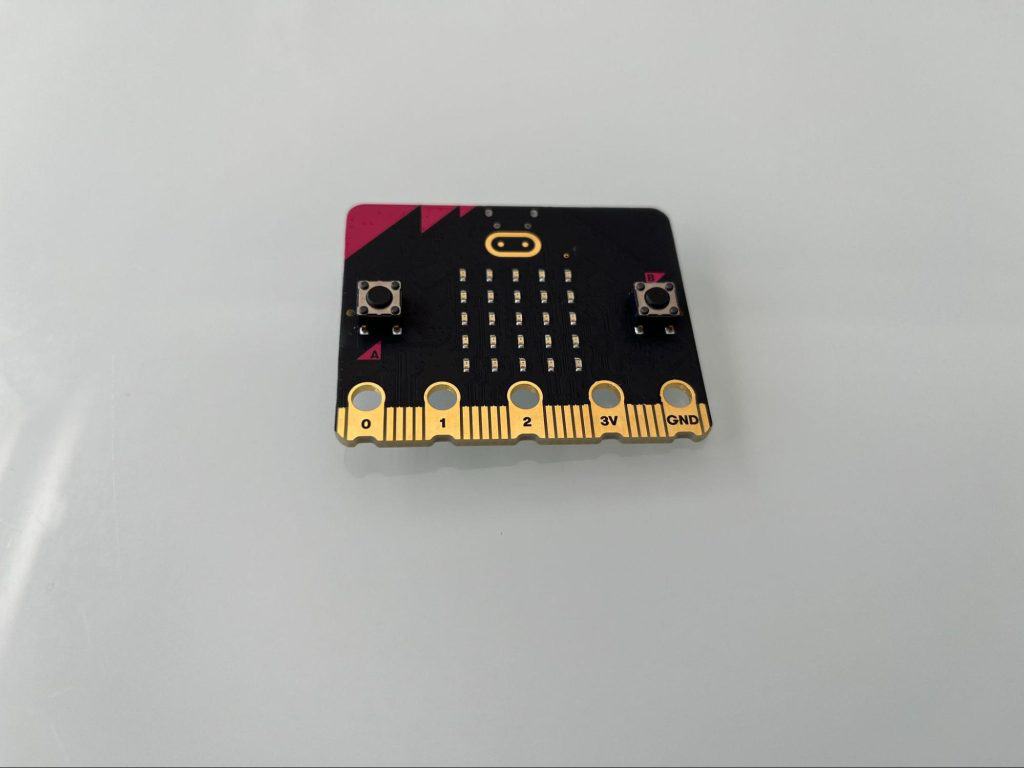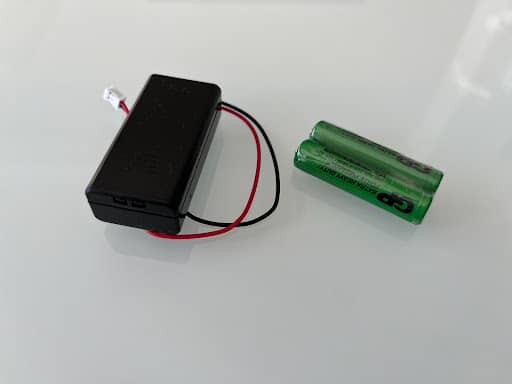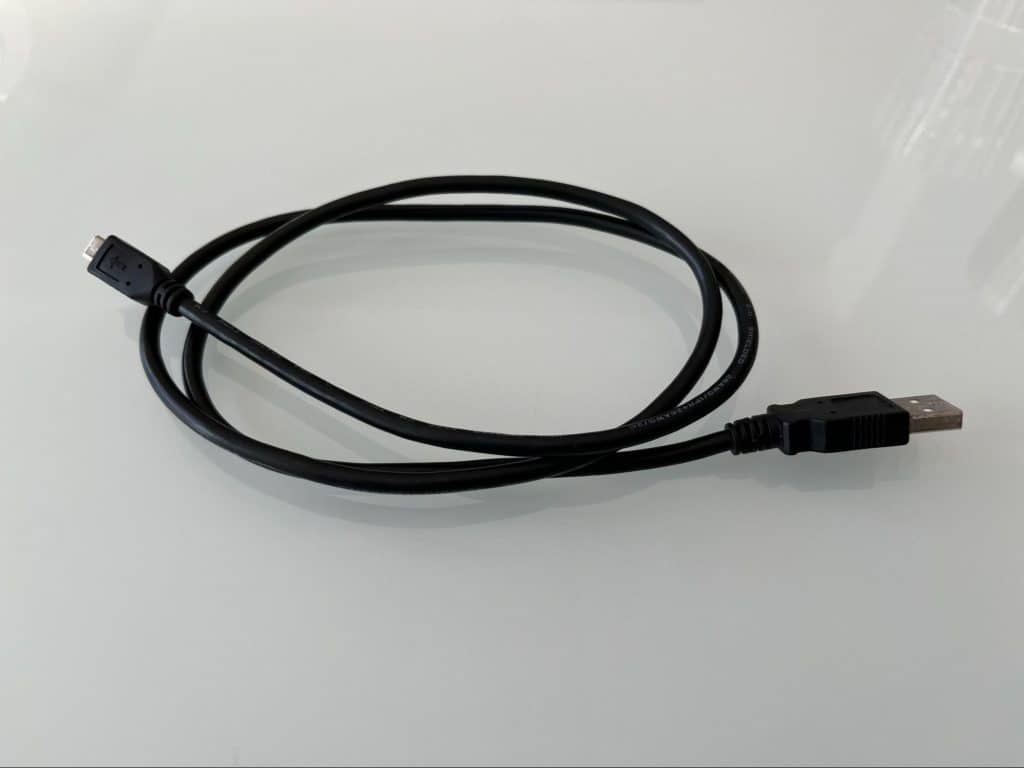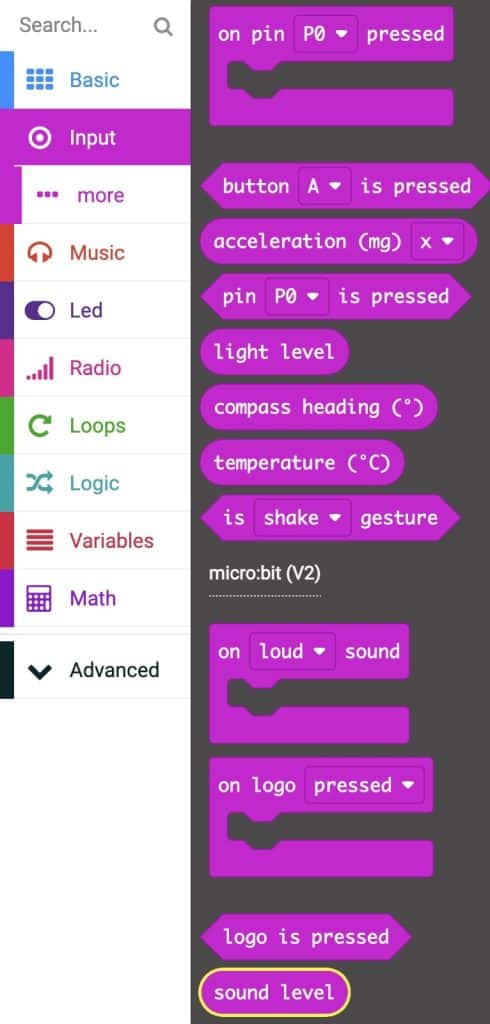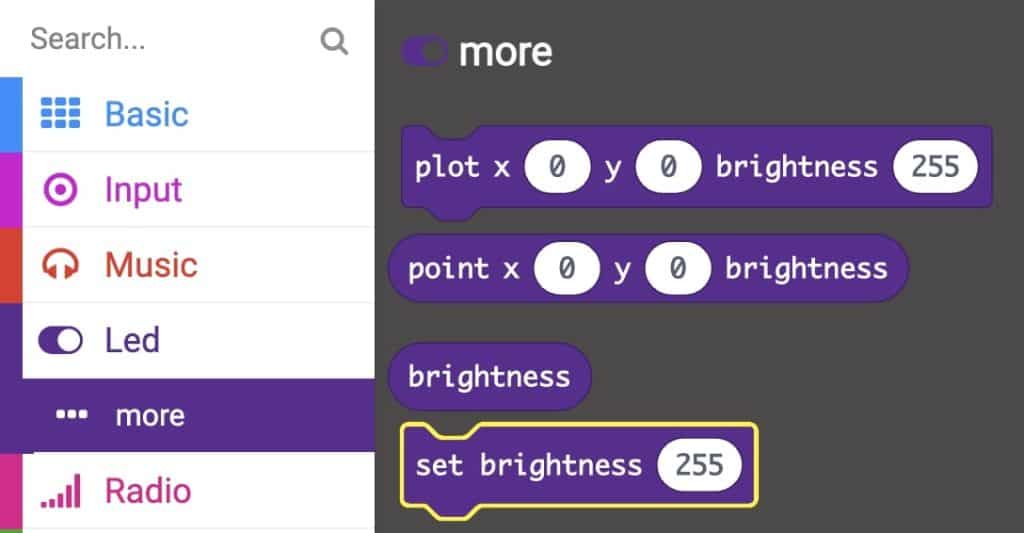Overview
In this lesson, students expand on their learning from the Introduction to Nattiit (Ringed Seals) lesson and build their understanding of how nattiit are being affected by climate change and human activity. The students conduct a small research project on Arctic sea life and create a short podcast presentation for the class. The lesson concludes with an opportunity to explore solutions to rapid climate change and ocean conservation.
Learning Objectives
- How climate change is affecting marine mammals and their habitats
- The environmental impacts of climate change and human activity on nattiit and Inuit communities
- How to work in a team conducting research on marine mammals and present it to the class
Inuit Qaujimajatuqangit Principles
Note: Sometimes known as IQ principles, or Inuit guiding principles. It should be noted that the spelling of Inuit terms often differs according to dialectal differences. The concepts remain shared despite spelling differences (Tagalik, Shirley. Inuit Principles of Conservation- Serving Others).
- Qanuqtuurunnarniq (Being resourceful to solve problems)
- When hunting nattiit, Inuit hunters use a naluaqtuut (a sharp hunting tool) to get close to an individual nattiq (ringed seal). They place a feather over the nattiq’s breathing holes in the ice to see when they are about to surface.
- Avatimik Kamtsiarniq (Promoting environmental stewardship)
- Inuit use all the parts of nattiit. Clothing is made out of the sealskin so nothing is wasted.
- Pilimmaksarniq/Ikajuqtigiinniq (Working together for a common cause)
- The important skills needed for harvesting and preparing the nattiq are taught to the younger generation through observation and practice.
Vocabulary
- Climate Change
- The long-term change in the average weather patterns that have come to define Earth’s local, regional, and global climates
- Habitat
- A habitat includes physical factors, such as soil, moisture, light intensity, and temperature range
- Environmental Impact
- Any change to the environment that occurs as a result of human activity, whether adverse or beneficial
- Sila
- The air, the atmosphere, and the outdoor environment
- Echolocation
- A technique used by many flying animals and marine life to navigate environments where there is insufficient visual information. For example, bats use echolocation to fly around in the dark and whales use it to find their way in the ocean, which may look the same in all directions. Wildlife that use echolocation make a sound and then listen to hear the sound reflected back to them
- enviro:bit
- A chip that slots into a micro:bit to add sensors for air and weather, colour and light, and sound
- Sound Sensor
- The enviro:bit has a built-in sound sensor, which allows it to measure the level of sound around it
- Noise Pollution
- Sounds that are disruptive to the environment and human life
- Sound
- Energy that travels in waves through air, water, or other substances, and that can be heard by humans
Materials
- Know-Want-Learn (KWL) worksheet (posted on board for class to see)
- Sensors worksheet
- Recording device, such as an iPad, laptop, or tape recorder
For pointers on recording a podcast, check out Pinnguaq’s course on podcasting.
Introduction and Know-Want-Learn Exercise
After learning about the nattiq, students learn more about their environment, the ocean, and how climate change is affecting them. Have students complete the KWL exercise, jotting down what they know about climate change and what they want to know. Ask a few students to share what they wrote with the whole class.
Engage in class discussion by asking students to raise their hand if they have heard about climate change. Likely, most of the students have but they might not know of its implications for nattiit and Inuit.
Ask students to ask themselves:
- K – “What do I already know about climate change?”
- W – “What do I want to know about climate change?”
- L – “What have I learned about climate change?”
Students can wait to fill out and share the “L” (learn) part of the worksheet until later in the lesson.
Listening Activity
What is Climate Change?
Climate change is happening all around us, all around the world. It is impacting Earth in various ways, but climate change is more than just an environmental issue; it is a human issue. Climate change looks different depending on where we are looking at it. In the Arctic, it looks like the premature melting of ice and contamination of the ocean, where marine mammals are affected. Because a large part of the diet of Inuit is marine mammals, such as nattiit, this contamination affects Inuit livelihood and food sources. Nattiit rely on their ice habitat for numerous reasons. Many of their activities are dictated by the timing of the formation and break-up of ice sheets. One of the most significant impacts of climate change on nattiit, and in turn Inuit, is the loss of Arctic sea ice.
The Ocean
Nattiit breeding is dependent on the availability of sufficient ice at the correct time of year in areas with sufficient food nearby. As Arctic ice continues to melt earlier each year, more and more pups may be separated prematurely from their mothers, resulting in high pup mortality. Both ice and snow must be stable enough in the spring to complete the six-week period of lactation.
Spring rains or warm spring temperatures can cause the roofs of lairs to collapse, leaving nattiit unsheltered and exposed to predators. Insufficient snow at the beginning of the breeding season can have the same effect.
In some areas, nattiit are already showing relatively long-term declines in reproductive rates and pup survival. Kovacs and Lydersen report: “During 2006 and 2007, many of the fjords on the west coast of Svalbard did not freeze for the first time in recorded history. Nattiit reproduction was virtually non-existent in areas where many hundreds of pups are normally born. It is not known if the nattiit that normally pup in this region established themselves elsewhere early enough to set up territories and build lairs, etc., but it seems highly unlikely.” (Reference from IUCN)
Environmental Impacts
Warmer ocean temperatures are likely to make conditions more favourable for parasites and pathogens that affect nattiit. The spread of these organisms is likely to be facilitated by the migration of nattiit as they are forced to seek more stable ice habitats. As Arctic conditions warm, a greatly increased presence of humans in previously inaccessible areas is anticipated. Activities such as shipping, agriculture, and oil exploration are predicted to disturb and further degrade habitats, and increased fishing may reduce food availability.
As sea ice recedes, more challenges emerge for Arctic marine species. Less ice means more open water, which allows for additional commercial activity.
Have students watch/listen to a portion (0:48–2:53) of a speech by Inuit activist Siila Watt-Cloutier to engage in discussion about climate change and its impact on Inuit.
Sheila Watt-Cloutier on Climate Change and Human Rights
After listening to the speech, ask:
- What are students’ reactions to Siila’s speech?
- How is climate change affecting nattiit?
Noise Pollution Sensor
Overview
Recall in the Introduction to Nattiit (Ringed Seals) lesson, we discussed IQ principles including Qanuqtururangniq, Pilimmaksarniq, and Avatimik Kamtsiarniq. All these IQ principles are important foundations for this activity. Discuss with your class what these IQ principles mean to them:
- Qanuqtururangniq (the ability to be resourceful and innovative to solve problems)
- Pilimmaksarniq (learning new skills through practice and observation)
- Avatimik Kamtsiarniq (respectfully caring for animals and the environment)
Activate Existing Knowledge
Lead a classroom discussion to uncover what students think might occur if more commercial activity begins in the Arctic Oceans. Seed the conversation by discussing what kind of industries might develop, such as:
- Increased shipping activity
- Increased oil and gas development
Some of the key outcomes of these industries include:
- Increased water pollution
- Increased incidences of oil spills
- Increased noise pollution
- Increased collision incidents with animals
Some secondary outcomes may include:
- More land development required to sustain these industries and their workers
- Increased pollution in the environment
Viewing Activity – The Impacts of Noise Pollution in the Arctic
Impacts of Noise Pollution in the Arctic
Animals, like us, make sounds to communicate with each other. However, this can be disrupted by loud noises that are not part of the natural environment. This is a problem known as noise pollution. Marine mammals are especially affected by noise pollution because noise is amplified in water and because many marine animals use sound (echolocation) to communicate, navigate the ocean, and find food.
Watch the video Less Noise, More Life presented by WWF Arctic Programme.
After the video concludes, lead a group discussion to consolidate learning. As a class, list some of the impacts noise pollution has on whale populations. Allow students to add any additional impacts they can think of even if they were not mentioned in the video. Some impacts include disruptions to:
- Mating habits
- Navigation (echolocation)
- Eating habits and food supply
- Abilities to locate pod members
- Migratory routes
Sensors Worksheet Activity
Have students complete the sensors worksheet. If learners struggle to think of examples of sensors in technology, provide additional examples, such as:
- Temperature sensors (some cars and vehicles have built-in temperature sensors that list the temperature both inside and outside the vehicle)
- Sound sensors (smart assistants like Siri, Alexa, or Google Home use sound sensor microphones to listen to users)
- Light sensors (many computer and TV screens now automatically adjust the brightness and colouration of their screens to respond dynamically to the light levels they sense in their environment)
Podcast Activity
This group activity requires additional class time to complete. The suggested time frame is over two weeks (one week to compile research and one more week to complete the podcast prep).
Climate change is an ever-changing condition, and because the issues and the impact of climate change are always evolving, students will become researchers themselves (kind of like Enooyaq, the PhD student who speaks in the podcast). In the research project, students choose another part of marine wildlife to research.
Examples include: aiviq (walrus), iqaluk (Arctic char), arviq (bowhead whale), tugaalik (narwhal), and qinalugaq (beluga whale).
Ask students what they need to do in order to be good researchers. Allow for responses as a whole class.
Answers might include:
- Conduct research and present information clearly and accurately for everyone to understand and access the research findings
- Consider the sources of the information you research
Explain that the class will break into groups of four or five to conduct research on the topic of rapid climate change and create a podcast report to share with the whole class.
In their groups, they will research and include a space on their handout for the following:
- What marine mammal will your group research?
- Some facts about the marine mammal
- Its habitat (ocean and/or land)
- What does it eat?
- Is it a source of food?
- What are some of its adaptations to the environment? How do Inuit mimic or take from that innovation?
- How is climate change affecting the animals in their habitat?
- What is causing these changes?
- How are these changes affecting the many different habitats we share around the world with other animals and plants?
During the second week of the activity, help students record their podcasts on a recording device. For help in recording a podcast, check out Pinnguaq’s course on podcasting.
Activity Adaptation
As an adaptation to the podcast activity, students can make a poster with all the findings from their research project. The poster should answer all the same questions as the podcast but it should be written down and mounted on a poster board. The poster must include images of the marine mammal and be put together in a way that is pleasing to the eye. The poster should be presented to the class in the same way the podcast would be.
Conclusion
Ask students to complete the “L” part of their KWL worksheet by adding a few points about what they learned in this lesson.
Tech Activity
In the following activity, learners will build a sound meter to measure noise in their communities.
Resources
- World Wild Life – Seals
- Sheila Watt-Cloutier on Climate Change and Human Rights – Video
- National Geographic – Noise Pollution
- Definition of Sound
- Enooyaq Sudlovenick – Using traditional Inuit knowledge and Western science to study Arctic marine life
- Nattiit and Climate Change
Resources for Group Activity
- Oceans North – Canada’s Arctic Marine Atlas
- Inhabit Media – Common Fishes of Nunavut
- Animals At Risk from Climate Change – Belugas
- Inhabit Education Books – All About Orcas
- Inhabit Education Books – Animals That Live in Arctic Waters
- Inhabit Education Books – What Arctic Animals Eat
- Indigenous Peoples Atlas of Canada – Wildlife
- Polar Bears Canada – Cultural Significance
